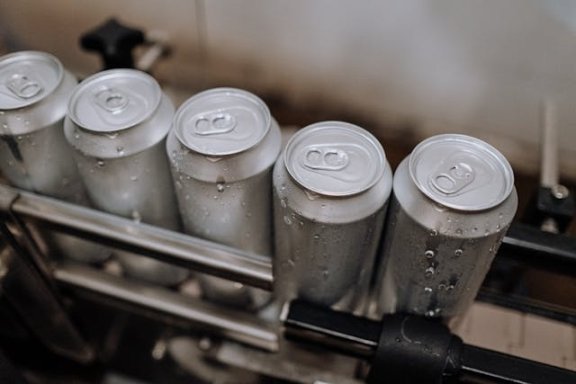Manufacturers understand they must provide goods rapidly to keep up with customer demand. Consumers do not want to wait when they purchase something. They prefer to receive it as fast as possible and will shop around to get exactly that. To remain competitive, manufacturers must find ways to streamline operations.
Filling machines do exactly what their name suggests. They fill containers with contents accurately and consistently. When you need a filling machine, the right one must be selected to achieve the goals of increased productivity and improved quality. Consider the following factors when making this purchase.

Table of Contents
Understanding Filling Machines
Filling machines are designed to dispense a specific amount of product into containers. The type of filling machine you choose will depend on several factors, including the nature of your product, the type of container, and your production requirements.
Types of Filling Machines
1. Liquid Filling Machines: These machines are suitable for various liquids, from thin beverages to thick pastes. They can be categorized into several types based on their operation, including gravity fillers, piston fillers, and vacuum fillers.
2. Powder Filling Machines: Designed for powders such as spices, flour, and chemicals, these machines ensure accurate filling while controlling dust and maintaining hygiene.
3. Paste Filling Machines: These are specifically built for thick products like creams and gels. They are designed to handle the challenges posed by viscous materials, ensuring consistent fills.
4. Semi-Automatic vs. Fully Automatic: Semi-automatic machines require some manual intervention, while fully automatic machines operate independently, increasing efficiency for larger production runs.
Key Factors to Consider
When choosing a filling machine, consider the following factors to ensure you select the right one for your business needs.
1. Product Characteristics
Understanding your product’s viscosity is crucial. For example, a piston filler is ideal for thick liquids, while a gravity filler works best for thin liquids. Additionally, consider if your product contains particulates, as this could affect the type of filler you need.
2. Container Specifications
The type of container you plan to use will significantly influence your choice of filling machine. Factors to consider include:
– Material: Glass or plastic?
– Shape: Are they bottles, pouches, or jars?
– Size: What are the dimensions and capacity of the containers?
Different machines are designed to accommodate various container types, so it’s essential to match the machine with your specific container requirements.
3. Production Scale
Evaluate your production needs. For smaller operations, a manual or semi-automatic filling machine may suffice. However, for larger-scale operations, a fully automatic filling machine will increase efficiency and reduce labor costs. Understanding your production volume will help you choose a machine that can meet your output demands.
4. Level of Automation
Consider how much automation you want in your filling process. Manual machines are suitable for low-volume operations, while semi-automatic and fully automatic machines are better for higher volumes. The right level of automation will depend on your production goals and budget.
5. Accuracy and Consistency
Filling accuracy is vital for customer satisfaction and compliance with industry standards. Automated filling machines typically offer better accuracy than manual ones, reducing the risk of underfilling or overfilling containers. Look for machines equipped with features that ensure precise filling.
FAQs About Choosing Filling Machines
Q1. What type of filling machine is best for liquids?
The best type of filling machine for liquids depends on the viscosity of the liquid. For thin liquids, gravity or vacuum fillers are suitable, while thicker liquids require piston fillers.
Q2. How do I determine the right size of the filling machine?
The right size of the filling machine is determined by your production volume and the size of the containers you are using. Assess your daily or hourly filling needs to choose a machine that can handle your output efficiently.
Q3. Can I use the same filling machine for different products?
It is possible to use the same filling machine for different products, but you must ensure that the machine can handle the varying characteristics of each product, such as viscosity and particulate matter. Some machines are designed for versatility, allowing for quick changeovers between products.
Q4. What maintenance does a filling machine require?
Regular maintenance is essential to keep filling machines operating efficiently. This includes cleaning, checking for wear and tear, and ensuring that all components are functioning correctly. Follow the manufacturer’s guidelines for specific maintenance schedules.
Q5. How can I ensure the filling machine complies with industry standards?
To ensure compliance with industry standards, choose a filling machine from a reputable manufacturer that adheres to regulatory requirements. Additionally, consider machines designed for specific industries, such as food or pharmaceuticals, which often have stricter compliance standards.
Conclusion
Choosing the right filling machine is a crucial step in optimizing your production process. By understanding your product characteristics, container specifications, production scale, level of automation, and accuracy requirements, you can make an informed decision that meets your business needs. Whether you are a small startup or a large manufacturer, the right filling machine can enhance your efficiency, reduce waste, and improve product quality.




